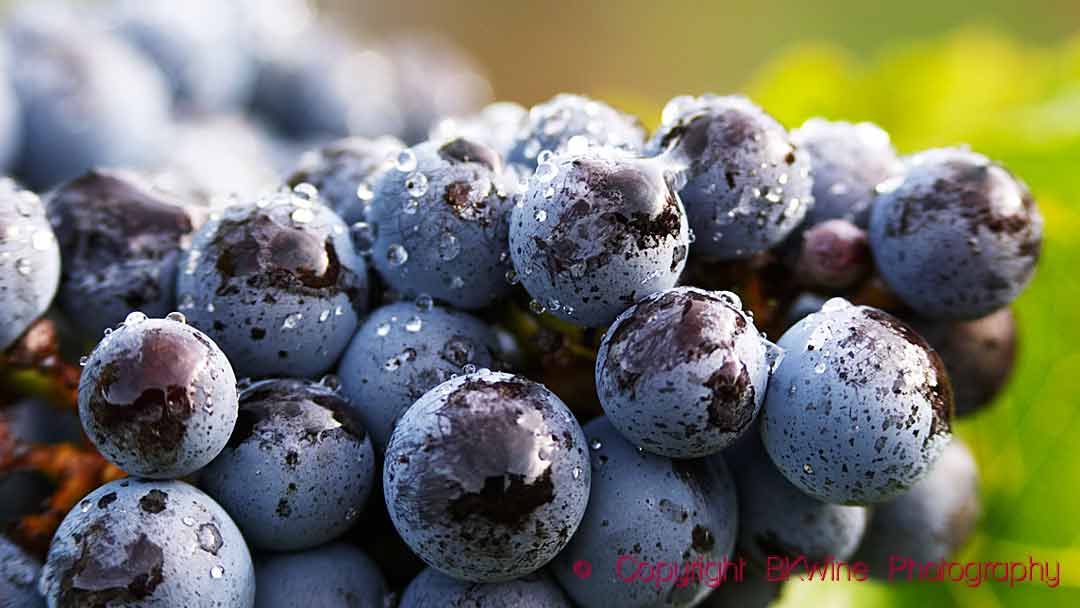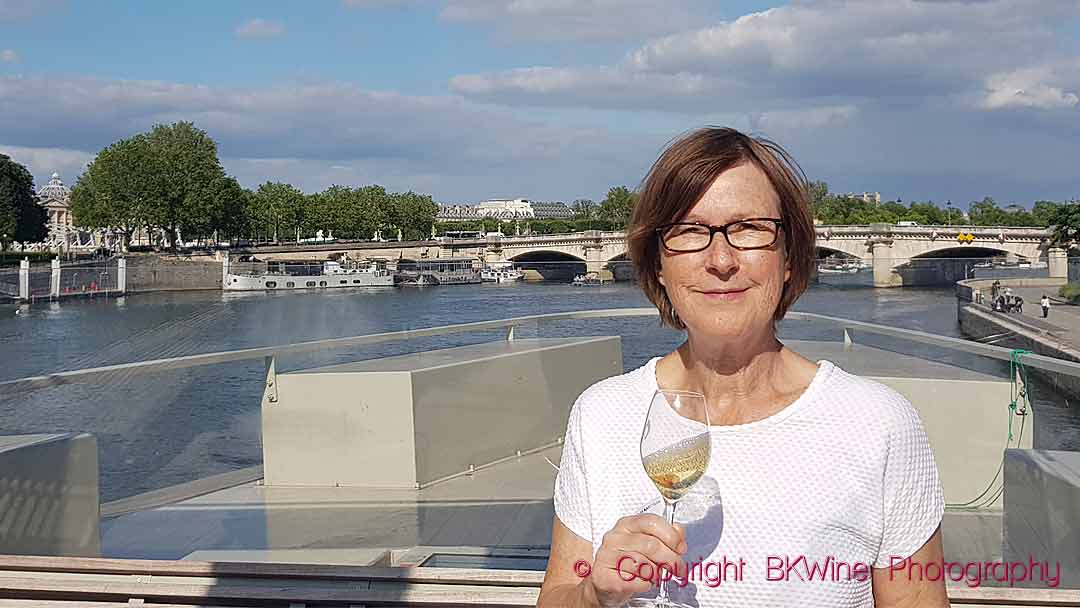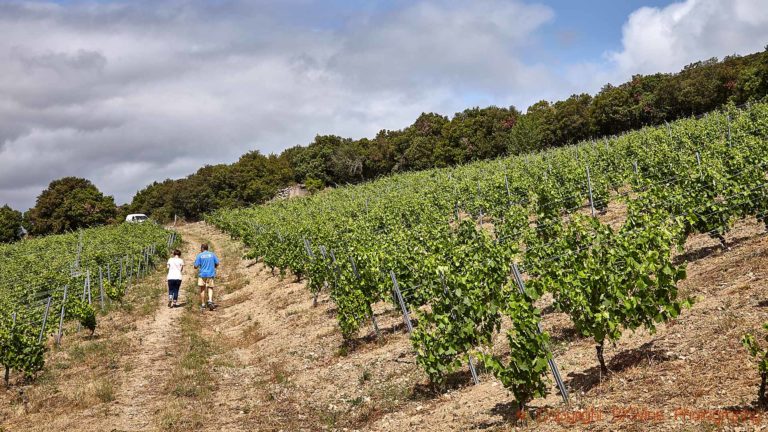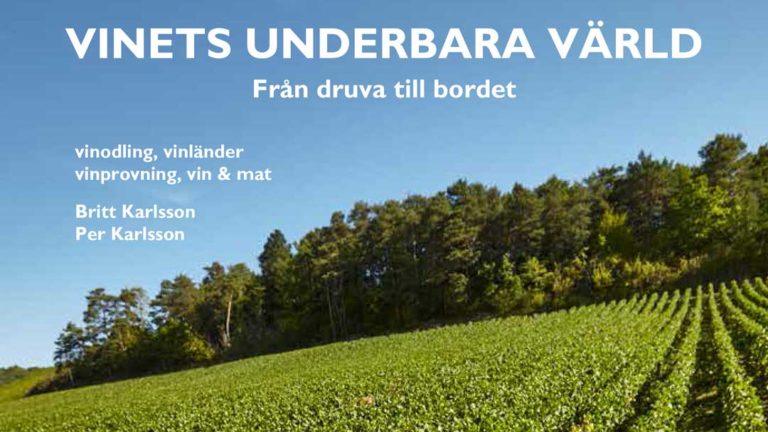With the story of how what can be Munskänkarna’s wine course book came about
When we wrote the book “The Wonderful World Of Wine”, we kept an eye on Munskänkarnas educational plan, primarily for the “second level” wine course. (Munskänkarna is a Swedish wine tasting club with some 20,000 members and an extensive education programme. Their advanced course, second level, is called “tvåbetygskursen”) Both Britt and I have over the years held many courses for Munskänkarna, including second level courses. Unfortunately, there has never been any really good written course material. We have also heard this from many of Munskänkarna’s course leaders who have been on our wine tours (quite a few of them have been on one or another of our tours). We have often heard from both course leaders and course participants (students) that it would be a dream to get a good-quality course material.
That it did not exist is not so strange. It’s a gigantic job to gather information about all the world’s wines. It is not something that you sit down and do on a few weekends, nor is it something that you give an assignment to a committee to compile. And the wine tasting club is mainly organised by volunteers.
To do such a thing, one often has to go directly to the source to find the correct information, the appellate decrees in France, the legal texts in Italy, the German rules on wine production in the language of origine and so on. If you do not do that, it will be more or less wrong and out of date. It is not enough to read Wikipedia or look at some of the “authoritative” wine sites on the internet. Not even the wine districts’ own marketing materials are always right. The result is easy to see, much of what is published – even in book form – is partly obsolete.
You must also have been on site, as much as possible, and talked to wine producers. There is a big difference between theory and practice.
It is also the case that many of the “facts” you read and learn are not always facts. Does high planting density contribute to higher quality? Yes, sometimes but not always. Is it better to ferment in a steel tank than in a concrete tank? It depends. Do vineyards on slopes give better wine? In some districts, but not in others.
And you must also be knowledgeable enough to question much of what you read and hear, and then get it right. Even the wine producers themselves often have a tendency to see things in too narrow a perspective so that it becomes wrong or misleading if you do not know how to interpret it.
Why not try to make the dream come true?
So we decided to make a book that could serve as a textbook for Munskänkarna’s advanced level courses, but also for other wine courses, sommelier educations and so on. But it should also be easy to read and enjoyable even for those who do not take a wine course but just want to learn a little more about wine.
That’s how it happened.
We did a lot of research in original sources and read rule texts and original documents.
We have travelled in the majority of the 41 wine countries that we cover in the book.
We write about combining wine and food and about learning to taste wine based on more than forty years of experience.
And the result was “The Wonderful World of Wine, From Grape to Table”.
So how was the reception? This is what Kristina Pederson of Munskänkarna’s education committee writes in her review:
- “Of Swedish wine book authors today, they (Britt & Per) must be the best bet”
- “What Britt succeeds with in the book is in a relatively short text to describe the wonderful world of wine. The section on grapes, viticulture and winemaking (which they describe in more detail in one of their other books) as well as a short history of wine is something we have missed in the literature for our courses. They then give a good description of different wine regions. Sometimes the tone is very personal, they give you their opinion.“
- “As a whole: Well done Britt! Well done Per! This is a book that many members of Munskänkarna can enjoy.”
- “Many ask if this is the new second level course book. The answer is: yes, to some extent. Britt and Per Karlsson’s book “The wonderful world of wine. From grape to table “is a complement, but does not cover everything, of the second level course.”
No, it does not cover everything. What we opted out of is maps. Otherwise, we cover everything that is included in the syllabus and a lot more (bonus material!).
We chose not to include maps for several reasons. Primarily because maps take up a lot of space. We would rather have as much text and photography as possible. It is already our thickest and heaviest book to date. We might have been able to have maps in a small format, but then they become practically useless. And maps are easy to find today, either in specialized wine map books or simply on the internet.
So “The Wonderful World of Wine, From Grape to the Table” is a book for you who want to learn more about wine, about everything on wine.
Whether you take a course or are just curious. Written by Sweden’s most productive wine book authors, and by the wine editors of the Swedish National Encyclopaedia (NE-Nationalencyklopedin).













